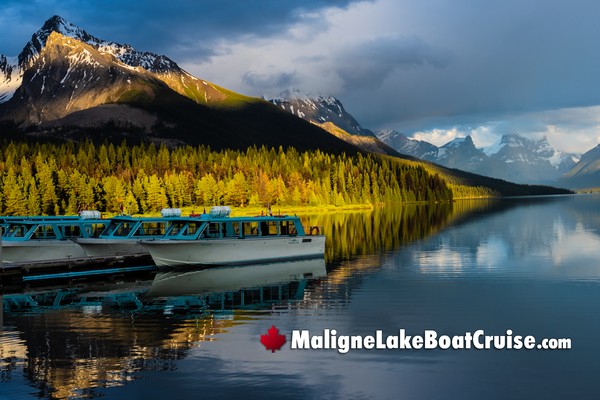
Raft beautiful Athabasca Canyon on a half-day whitewater rafting adventure from Jasper. The Athabasca Canyon Rafting Run is a fun, family-friendly Class 2+ rapids. Start rafting at the base of Jasper's Athabasca Falls and enjoy the 7.5-mile (12-km) stretch of athabasca river with a certified river rafting guide. This 3.5-hour rafting adventure includes all equipment and transport from downtown Jasper, with both morning and afternoon departures are available.
Book Athabasca Rafting Family Canyon Run

Have a lot of fun Rafting the Athabasca River! Raft Jasper with your small group from Mile 5 section of the glacier-fed Athabasca river. This section of Athabasca river is great for a river rafting introduction as it begins with an approximately 10-minute float before the class II rapids. Enjoy the gentle thrill of some bumps and splashes on your roughly two-hour family river rafting adventure. A soft rafting adventure perfect for kids and beginners, that includes round trip transport from Jasper.
Book Athabasca River Mile 5 Rafting

Maligne Lake Boat Cruise to Spirit Island, the largest glacially fed lake in the Canadian Rockies. Accessible only by boat, part of the UNESCO-listed Jasper National Park, admire views of imposing granite peaks, vibrant blue water, and ancient forests. View Maligne Lake's "Hall of the Gods" and keep your camera close as you scan the area for the eagles, bears, and deer that call this area home.
Maligne Lake Boat Cruise

Ecology of the Athabasca river basin is diverse as a result of the different natural regions within its watershed. Ecology refers to the relationships between living organisms like.. plants, fungi, microorganisms, and animals along with their non-living environment such as.. air, rocks/minerals/soil, water, weather/climate.

There are four natural regions in the Athabasca river watershed: Rocky Mountain, Foothills, Boreal Forest, and Canadian Shield. The central and lower ecological areas are mainly Boreal Forest while the upper region includes foothills and Rocky Mountains. A small area of Canadian Shield natural region is situated north of Fort Chipewyan.
The Athabasca river basin is physically and ecologically diverse. The region is endowed with many natural resources, including forests, coal, oil and gas, minerals, agricultural and oilsands.
The development of natural resource industries results in specific land uses that influence surface water and groundwater quality. They also affect settlements and a growing diversity of people who live along the river, adding to the demands of the land and the river. In 2001, the Athabasca river basin supported a population of 154,097 people, or 5% of the provincial population. This includes all or parts of 22 rural or regional municipalities, one city, 12 towns and 14 Aboriginal settlements.